In particular, the Law has a separate Chapter (Chapter V) to regulate in detail the renovation and reconstruction of apartment buildings.
Many problems in implementation
Over the past 20 years, the renovation and reconstruction of old apartment buildings and collective houses has always been a matter of special concern to State management levels from central to local levels. However, the actual implementation has not achieved the expected positive results, thousands of households still have to live in degraded and unsafe housing areas; potential threats to people's lives and property are always lurking nearby.
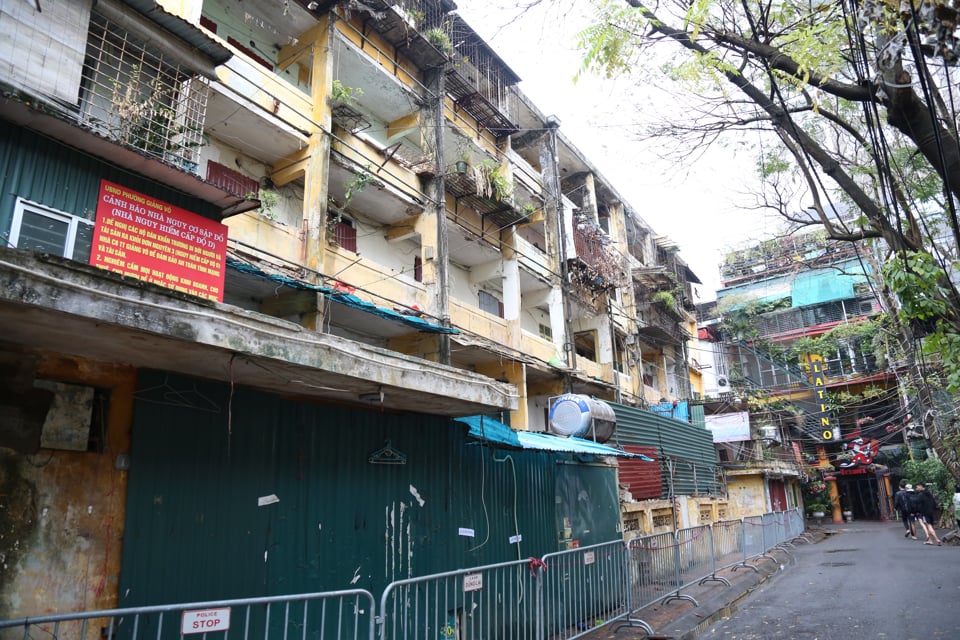
According to statistics from the Ministry of Construction , there are currently more than 2,500 old apartment buildings and collective houses nationwide, of which Hanoi has the largest number with 1,579, followed by Ho Chi Minh City.
This is a typical product of the subsidy period, built in the period from 1960 to 1990, a time when construction technology had not yet achieved breakthrough developments as it does today, so the main structure of these houses is load-bearing brick walls, with a maximum lifespan of 50 - 70 years.
After a long period of operation and use, many buildings have seriously degraded. Not only that, due to the need to expand their living space, people have arbitrarily expanded and expanded the space, increasing the load on the load-bearing system of the house which is no longer safe; although they are aware of this, due to financial difficulties, many families still have to accept to continue living and bet their lives on the luck of fate. Meanwhile, the renovation and reconstruction of these old apartment buildings and collective houses is taking place extremely sluggishly.
In Hanoi alone, out of 1,579 old apartment buildings and collective houses (including 1,273 houses in 76 areas and 306 old, independent, single apartment buildings), there are dozens of buildings in a critical condition.
In particular, there are 6 level D dangerous areas (the most dangerous level) that must be demolished to rebuild such as building C8 Giang Vo Collective Housing Area, G6A Thanh Cong Collective Housing Area, building A Ngoc Khanh Collective Housing Area, Ministry of Justice Collective Housing Area...
But according to data reported by the Hanoi Department of Construction, the renovation and reconstruction of old apartment buildings by the end of 2023 only reached 1.14% of the plan, with 19 areas being renovated and rebuilt.
Notably, although the City has decided to approve the selection of investors in many housing areas such as: Nghia Do A & B House project (Cau Giay district); Nguyen Cong Tru collective housing area (Hai Ba Trung district); X1-26 Lieu Giai collective housing area (Dong Da district); Railway Transport Service collective housing area (Hoang Mai district); apartment building No. 148 - 150 Son Tay (Ba Dinh district); Vietnam Film Documentation Institute collective housing area 22 Lieu Giai street (Dong Da district); 23 Hang Bai apartment building (Hoan Kiem district)... but for many years, the projects have been stuck in place and cannot be implemented, due to problems with regulations in the 2014 Housing Law and a number of Decrees guiding their implementation.
“One of the biggest problems in the legal system is Decree 101/2015/ND-CP (guiding the implementation of the 2014 Housing Law), which allows people and businesses to negotiate with each other on compensation, site clearance and resettlement; the Decree also does not specifically stipulate the compensation coefficient (coefficient K)... which has led to the two sides not being able to find a common voice, making it impossible to implement the renovation and reconstruction of old apartments and collective houses according to the plan and set goals” - Deputy Director of Hanoi Department of Construction Mac Dinh Minh said.
New regulations "clear" congestion
Faced with the above-mentioned difficulties, the 2023 Housing Law, in addition to inheriting and promoting the positive points of the 2014 Housing Law, has amended and supplemented many important contents, suitable to practical conditions, while removing difficulties and inadequacies to create breakthroughs for the renovation and reconstruction of old apartments and collective houses in the coming time.
One of the most notable new points in the 2023 Housing Law is the regulation on the rate of people's consensus. If previously, there had to be 100% consensus from the owners of the housing area, then according to the new law, only at least 70% of the total number of owners participating in the planning consultation and 75% of them agreeing is enough to qualify for demolition of the project.
In addition, the 2014 Housing Law does not have specific regulations on coefficient K to calculate compensation land price, housing rental price after reconstruction investment, apartment value determined after converting area and housing value for resettlement in case of resettlement at another location.
Accordingly, the K coefficient will be flexibly implemented by localities based on the location and value of the land plots where old apartment buildings and collective houses are located. The K coefficient will be calculated and adjusted to be 1-2 times higher.
“The content considered to be the highlight of the new law is the regulation on the plan of “collecting old apartment buildings”, according to which individual, independent houses will be collected and the height of new construction works will be increased to reserve area for public infrastructure (trees, campus, playground...).
This will help local authorities be more favorable and businesses will be more active in participating in renovating and rebuilding old apartments and collective houses; people will also be satisfied because they do not have to change their familiar place of residence or be moved to resettlement areas lacking infrastructure and service facilities..." - urban planning expert Master, Architect Tran Tuan Anh said.
Notably, the contents on renovation and reconstruction of old apartments and collective houses stipulated in the 2023 Housing Law also promote decentralization and authorization for the Provincial People's Committee to assign specific tasks to specialized agencies under the organization to prepare compensation and resettlement plans; decide and approve investment policies and investors; plans for relocation, forced relocation and demolition of apartment buildings; arrange resettlement budget sources...
In addition, the Law also adds a provision requiring owners to contribute funds to rebuild apartment buildings built after 1994 to ensure feasibility and harmony between the interests of owners, the State and investors, and to meet the requirements of urban beautification.
We highly appreciate the new regulations in the 2023 Housing Law related to the renovation of old apartments and collective houses. These regulations are more practical, detailed and clearer while current legal documents do not have or are not complete, in order to ensure the harmony of interests between the State, people and enterprises; thereby contributing to speeding up the renovation and reconstruction of old apartments and collective houses, creating a spacious urban face in the coming time to meet the needs of integration and development.
Vice President of Vietnam Real Estate Association Dr. Nguyen Van Dinh
Source: https://kinhtedothi.vn/cai-tao-xay-dung-lai-chung-cu-cu-ky-vong-tu-nhung-quy-dinh-moi.html








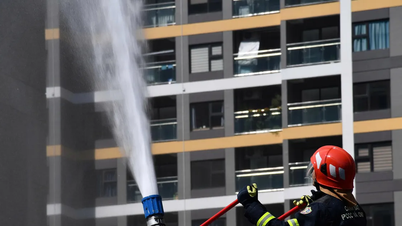

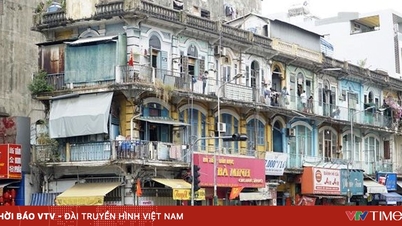



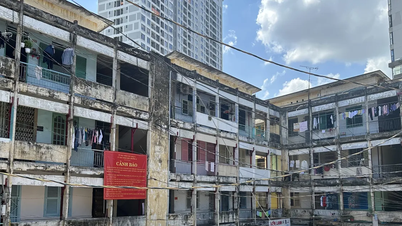
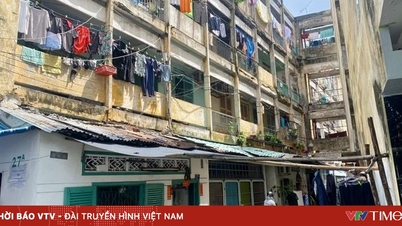




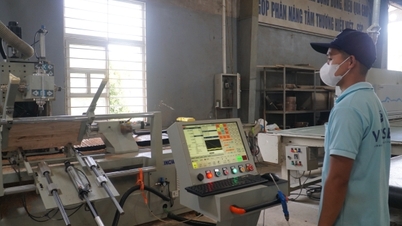
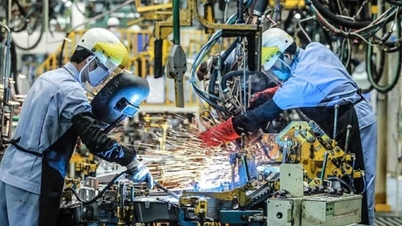
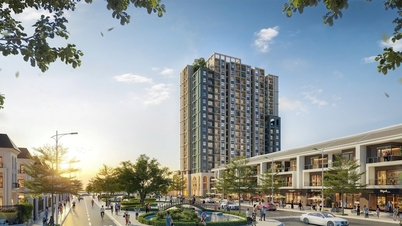






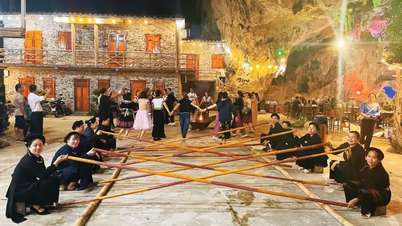



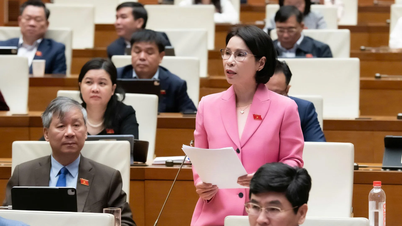

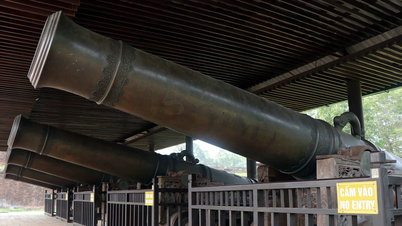

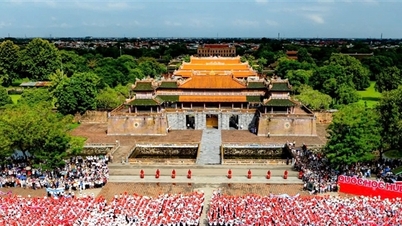


































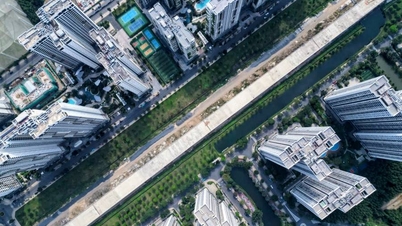












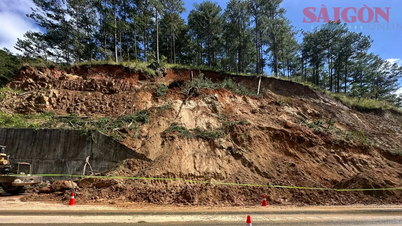


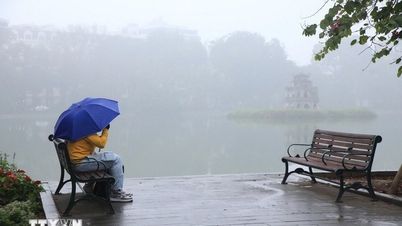























Comment (0)